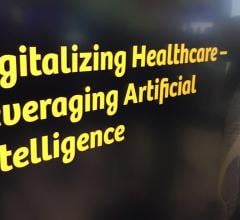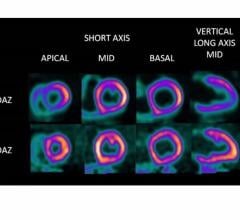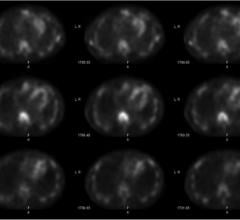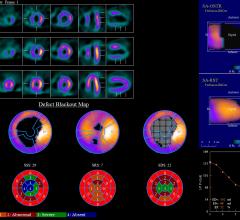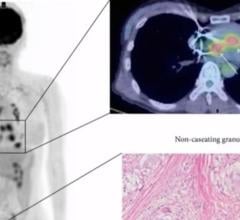April 3, 2020 — A new guidance document on best practices to maintain safety and minimize contamination in nuclear ...
ASNC
This channel contains news about the American Society of Nuclear Cardiology (ASNC), including coverage of its annual meeting and links to recently released practice guidelines. ASNC is a leading resource for the subspecialty of cardiac nuclear imaging (also called molecular imaging). Cardiac imaging with either PET or SPECT is primarily used for myocardial perfusion imaging (MPI), which shows area of areas of reduced blood flow due to ischemia or infarct.

As hospital imaging departments look to replace aging nuclear scanners with updated technology, many are asking if ...

Cardiology was already heavily data driven, where clinical practice is driven by clinical study data, but mining a ...

There were a few key takeaways from the American Society of Nuclear Cardiology (ASNC) 2019 annual meeting in September ...
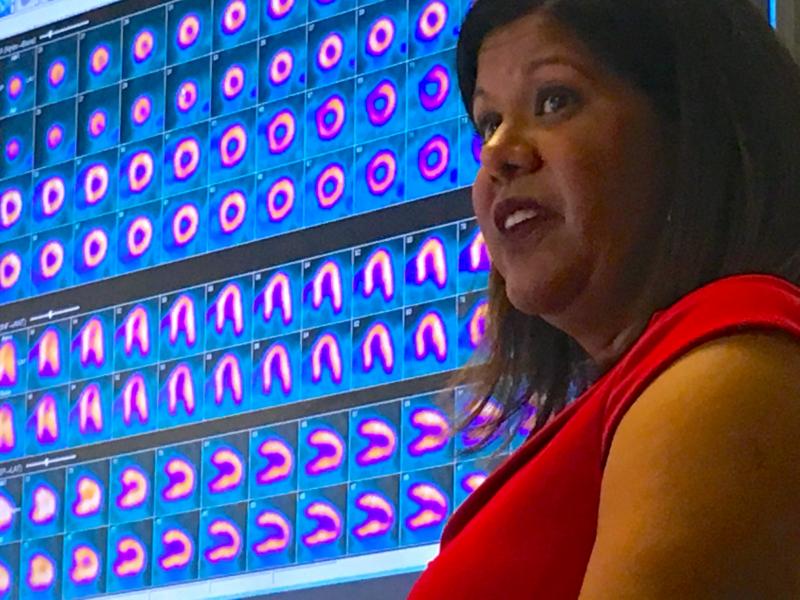
This is a photo essay of new technologies and activities at the American Society of Nuclear Cardiology (ASNC) 2019 ...
Rob Beanlands, M.D., FASNC, 2019 American Society of Nuclear Cardiology (ASNC) president, shares a couple trends he sees ...
Piotr J. Slomka, Ph.D., FACC, research scientist in the Artificial Intelligence in Medicine Program, Department of ...
Robert C. Hendel, M.D., explains some of the new cardiac radiotracers in the pipeline that were discussed in sessions at ...
Rupa Sanghani, M.D., FASNC, associate professor, Rush Medical College, director of nuclear cardiology and stress ...
Clyde Yancy, M.D., MSc, cardiology chief and vice dean for diversity and inclusion at Northwestern University, Feinberg ...
September 9, 2019 — The American Society of Nuclear Cardiology (ASNC) published a new expert consensus document along ...
August 2, 2019 — The American Society of Radiologic Technologists (ASRT) announced its support for House Resolution (HR) ...
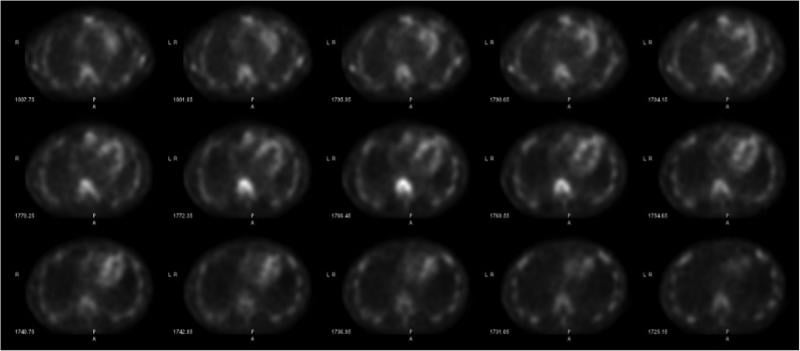
Cardiac amyloidosis is a highly morbid and underdiagnosed infiltrative cardiomyopathy that is characterized by the ...
This week, cardiologists learned for the first time they have been examining black holes for decades and did not know it ...
Raza Alvi, M.D., a research fellow in radiology at Massachusetts General Hospital, has been involved in a study of a ...

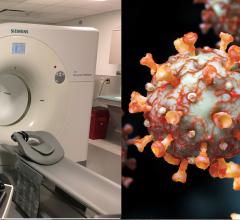
 April 03, 2020
April 03, 2020

